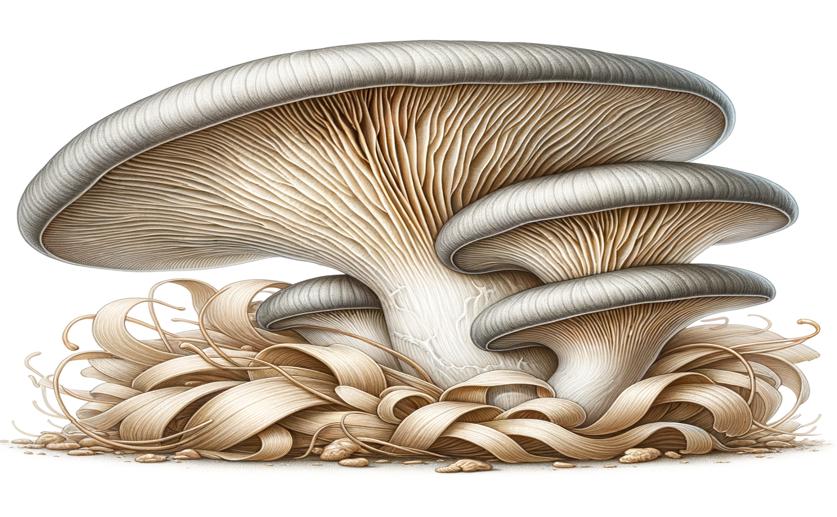
Key Protein Influences How Oyster Mushrooms Use Plant Fibers
Greg Howard
30th June, 2024

Image Source: Natural Science News, 2024
Key Findings
- Researchers at Henan Agricultural University studied how to improve the oyster mushroom's ability to break down plant cell walls
- They found that a protein called PoSnf1 becomes more active when the fungus is exposed to cellulose
- This increased activity of PoSnf1 boosts the production of enzymes that help the fungus break down cellulose
- The study also discovered that PoSnf1 interacts with sugar transporters, enhancing the fungus's ability to absorb and use cellulose
References
Main Study
1) PoSnf1 affects cellulose utilization through interaction with cellobiose transporter in Pleurotus ostreatus.
Published 27th June, 2024
https://doi.org/10.1016/j.ijbiomac.2024.133503
Related Studies
2) Regulation of cellulase gene expression in the filamentous fungus Trichoderma reesei.
Journal: Applied and environmental microbiology, Issue: Vol 63, Issue 4, Apr 1997
3) Regulation of cellulase and hemicellulase gene expression in fungi.
4) Role of cellulose response transporter-like protein CRT2 in cellulase induction in Trichoderma reesei.
5) Lignocellulose Degradation Efficiency of Agaricus bisporus Strains Grown on Wheat Straw-Based Compost.



 4th June, 2024 | Greg Howard
4th June, 2024 | Greg Howard